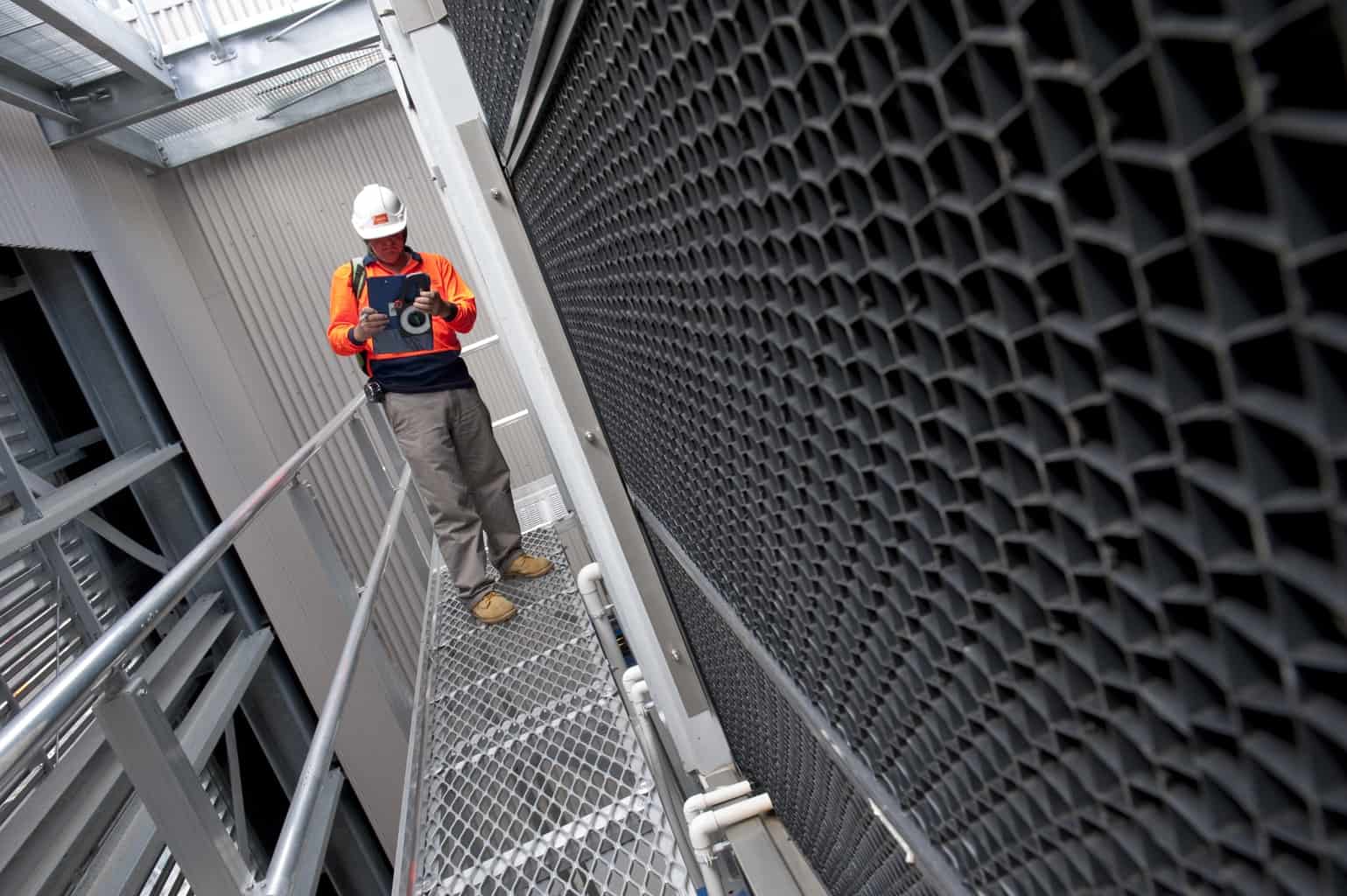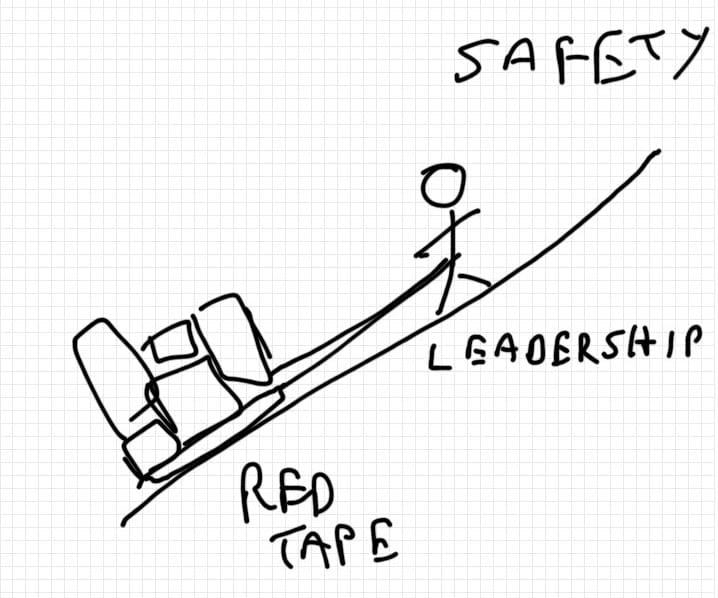Terry Reis has written a terrific article about how occupational health and safety (OHS) requirements can impede his work as a fauna ecologist. Instead of whingeing about green or red tape, Terry has provided examples of the annoyance which allows me to build an article in response. This article is in no way a rebuttal as I agree with most of Terry’s grievances, but there can be reasons behind some of the grievances that are likely to be unrelated to OHS or illustrate poor OHS decisions.
Some of the issues Terry raises include:
- Inductions
- PPE
- Working Alone
- OHS arguments
- Drug and Alcohol Testing
- Permits
Inductions
Terry mentions the irrelevance of many OHS inductions and his article seems to indicate a dysfunctional induction program. The intention of inductions is to outline the safety rules of a workplace or task but most are boring, condescending or include information that is unrelated to the task. The reality of many inductions is that they are a mechanism to have workers sign up and indicate they have understood all of their safety obligations on a site so that there is a clearer line of responsibility in the event of an incident. Continue reading “One man’s frustration with OHS illustrates larger safety dysfunctions”

 The revised
The revised 
 There will be two areas of occupational health and safety attention in the early months of 2014 in Australia – workplace bullying laws and the
There will be two areas of occupational health and safety attention in the early months of 2014 in Australia – workplace bullying laws and the  2014 is going to present tough challenges to Australia’s politicians and corporate leaders.
2014 is going to present tough challenges to Australia’s politicians and corporate leaders.  During a recent seminar I produced the doodle on the right, which depicts what I think the speaker was talking about. Safety is a goal that can be best achieved through improving a company’s leadership qualities. However all companies seem to be restricted by red tape, however one defines that. Can this journey be improved?
During a recent seminar I produced the doodle on the right, which depicts what I think the speaker was talking about. Safety is a goal that can be best achieved through improving a company’s leadership qualities. However all companies seem to be restricted by red tape, however one defines that. Can this journey be improved?